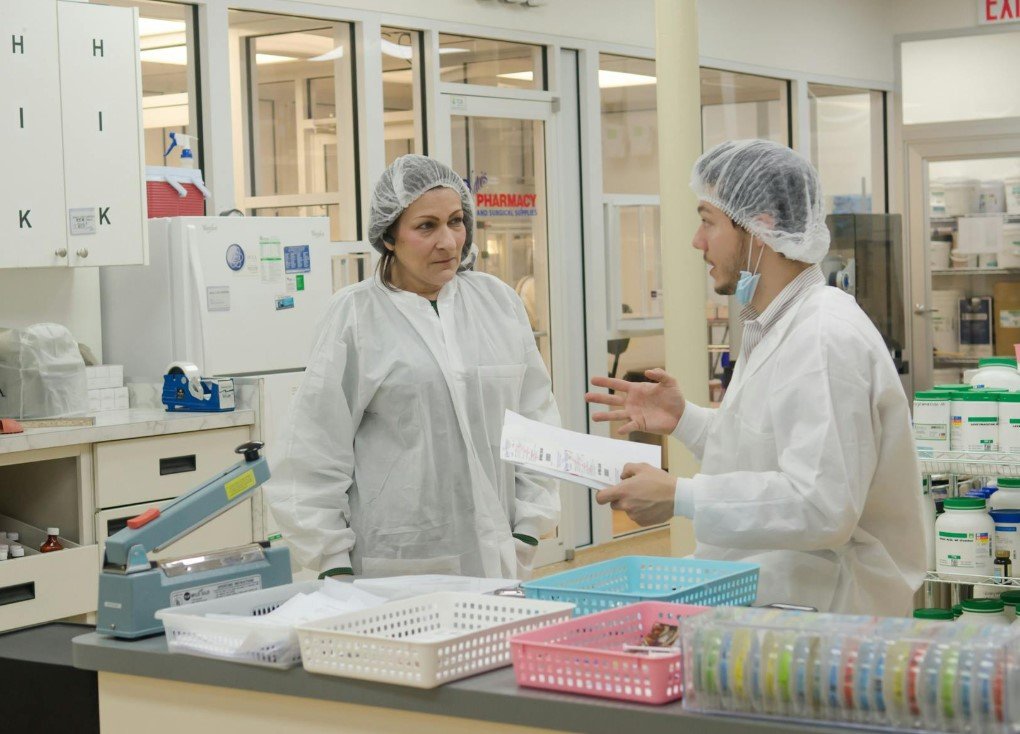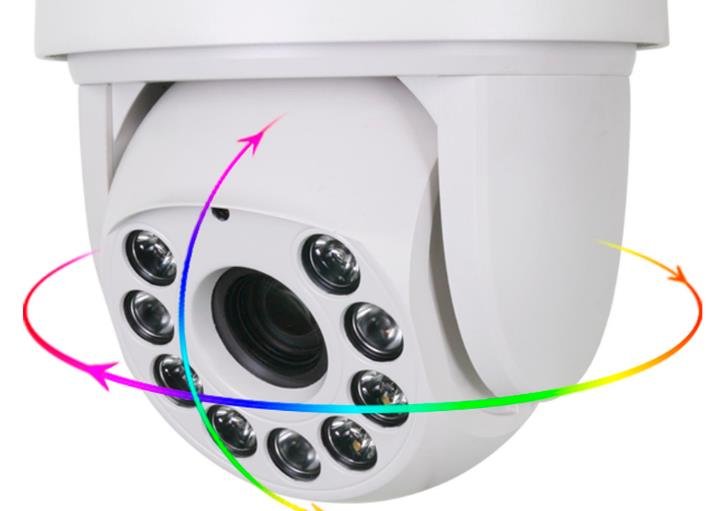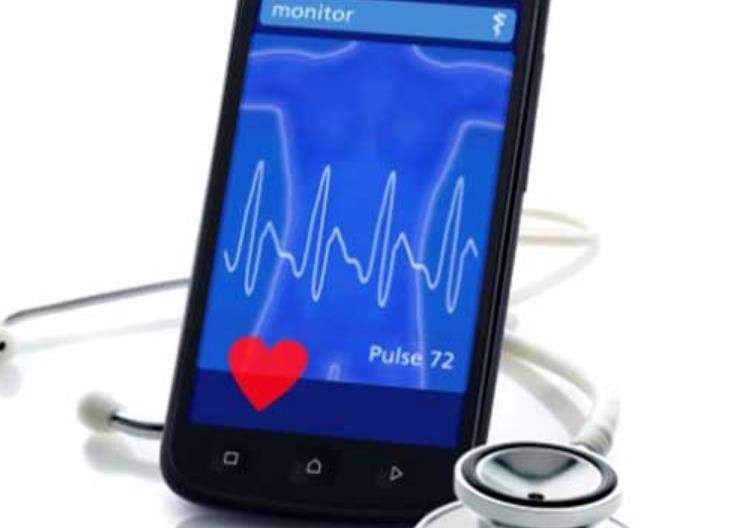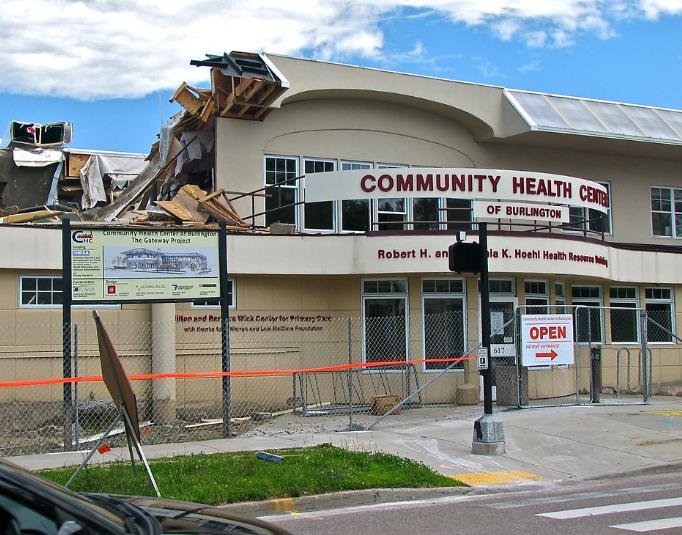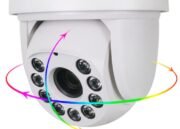The European Space Agency (ESA) has identified radiation as a major obstacle for the safe exploration of Mars. Astronauts on a mission to Mars could be exposed to radiation doses up to 700 times higher than on Earth, posing significant health risks. This challenge has prompted ESA to collaborate with experts across various fields to develop protective measures for future Mars missions. The goal is to ensure the safety and health of astronauts as they venture beyond the protective shield of Earth’s atmosphere and magnetic field.
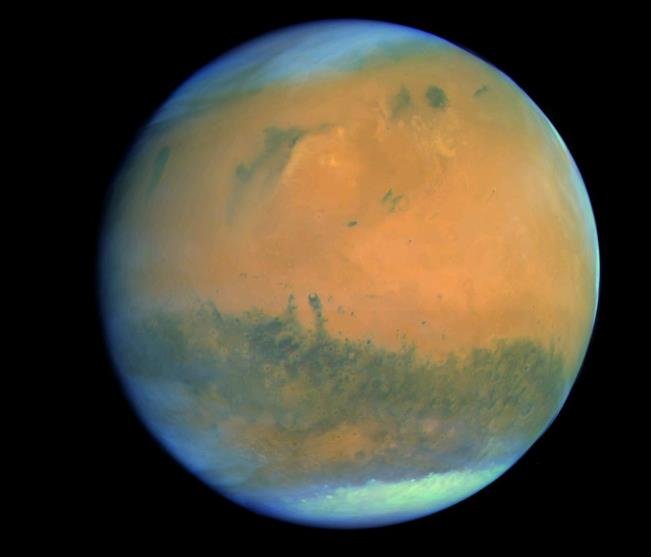
The Dangers of Space Radiation
Space radiation is a formidable challenge for human space exploration. Unlike Earth, which is shielded by its atmosphere and magnetic field, space offers no such protection. Astronauts are exposed to galactic cosmic rays and solar particle events, both of which can cause severe health issues. Galactic cosmic rays are high-energy particles that can penetrate the human body, potentially leading to cancer, cardiovascular diseases, and damage to the central nervous system.
The unpredictability of solar particle events adds another layer of risk. These events can deliver high doses of radiation in a short period, leading to acute radiation sickness. The cumulative effect of prolonged exposure to space radiation is a significant concern for long-duration missions, such as those to Mars. ESA’s research highlights that astronauts could receive up to 60% of their career radiation dose limit during a single Mars mission.
Protective Measures and Research
To address these challenges, ESA is investing in research and development of protective measures. One approach involves enhancing spacecraft shielding to reduce radiation exposure. Materials such as polyethylene, which is rich in hydrogen, are being explored for their effectiveness in blocking radiation. Additionally, ESA is investigating the use of magnetic fields to create a protective bubble around spacecraft, mimicking Earth’s natural defense.
Another critical area of research is the development of pharmaceuticals that can mitigate the effects of radiation. These drugs aim to repair DNA damage and protect cells from radiation-induced harm. ESA is also studying the genetic factors that influence an individual’s susceptibility to radiation, which could lead to personalized protective strategies for astronauts.
Furthermore, ESA’s collaboration with international partners, including NASA, is crucial for advancing radiation protection technologies. Joint missions and shared research efforts enhance the collective understanding of space radiation and accelerate the development of effective solutions.
The Path Forward
Despite the significant challenges posed by space radiation, ESA remains committed to the goal of human exploration of Mars. The agency’s comprehensive approach to addressing radiation risks includes continuous monitoring, advanced shielding technologies, and innovative medical solutions. By integrating these strategies, ESA aims to create a safer environment for astronauts on future Mars missions.
The success of these efforts will not only pave the way for Mars exploration but also benefit other long-duration missions, such as those to the Moon and beyond. The knowledge gained from studying space radiation has applications on Earth as well, particularly in fields like medicine and nuclear safety.
As ESA and its partners continue to push the boundaries of space exploration, the focus on radiation protection will remain a top priority. Ensuring the health and safety of astronauts is essential for the success of any mission, and overcoming the radiation challenge is a critical step towards making human exploration of Mars a reality.

